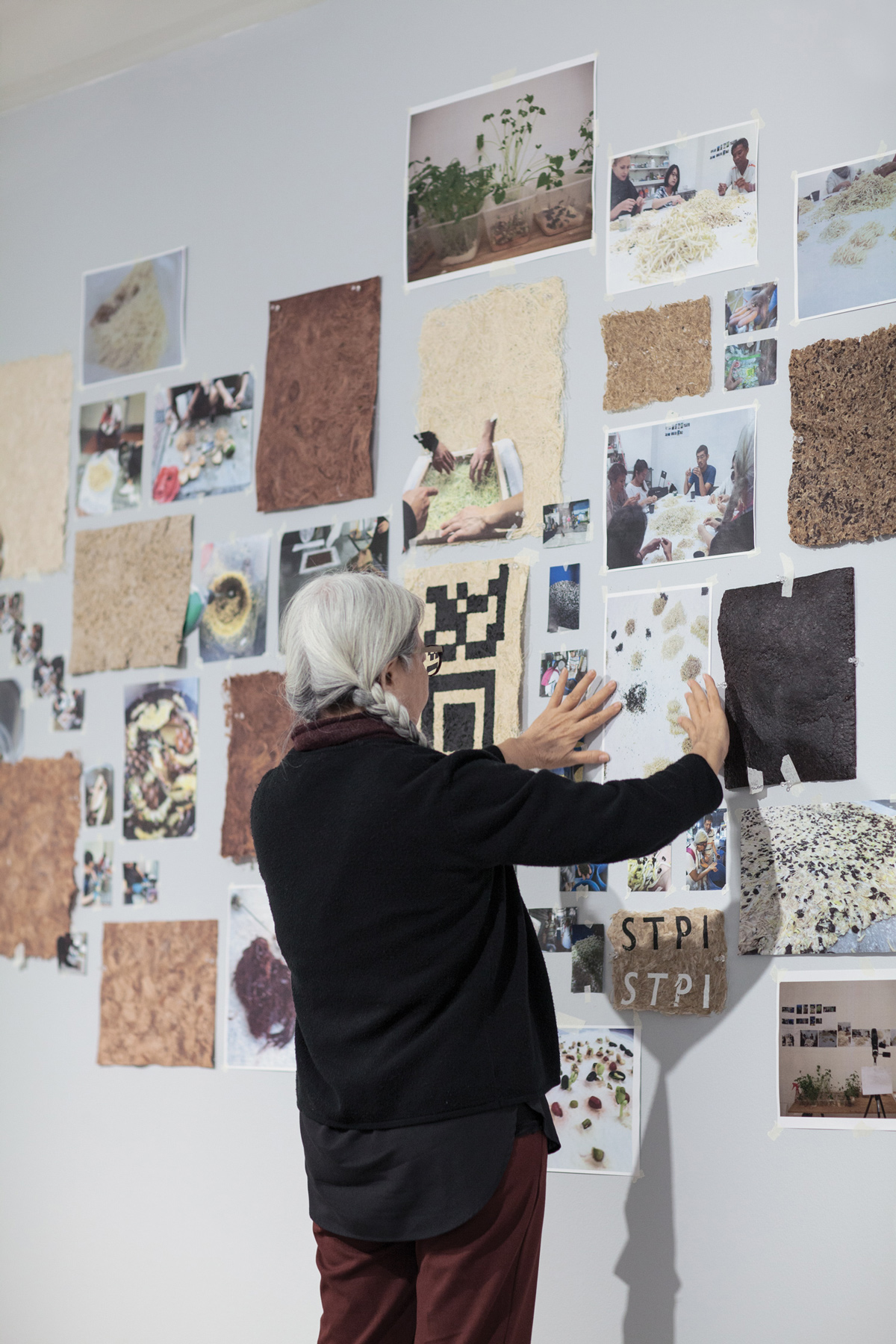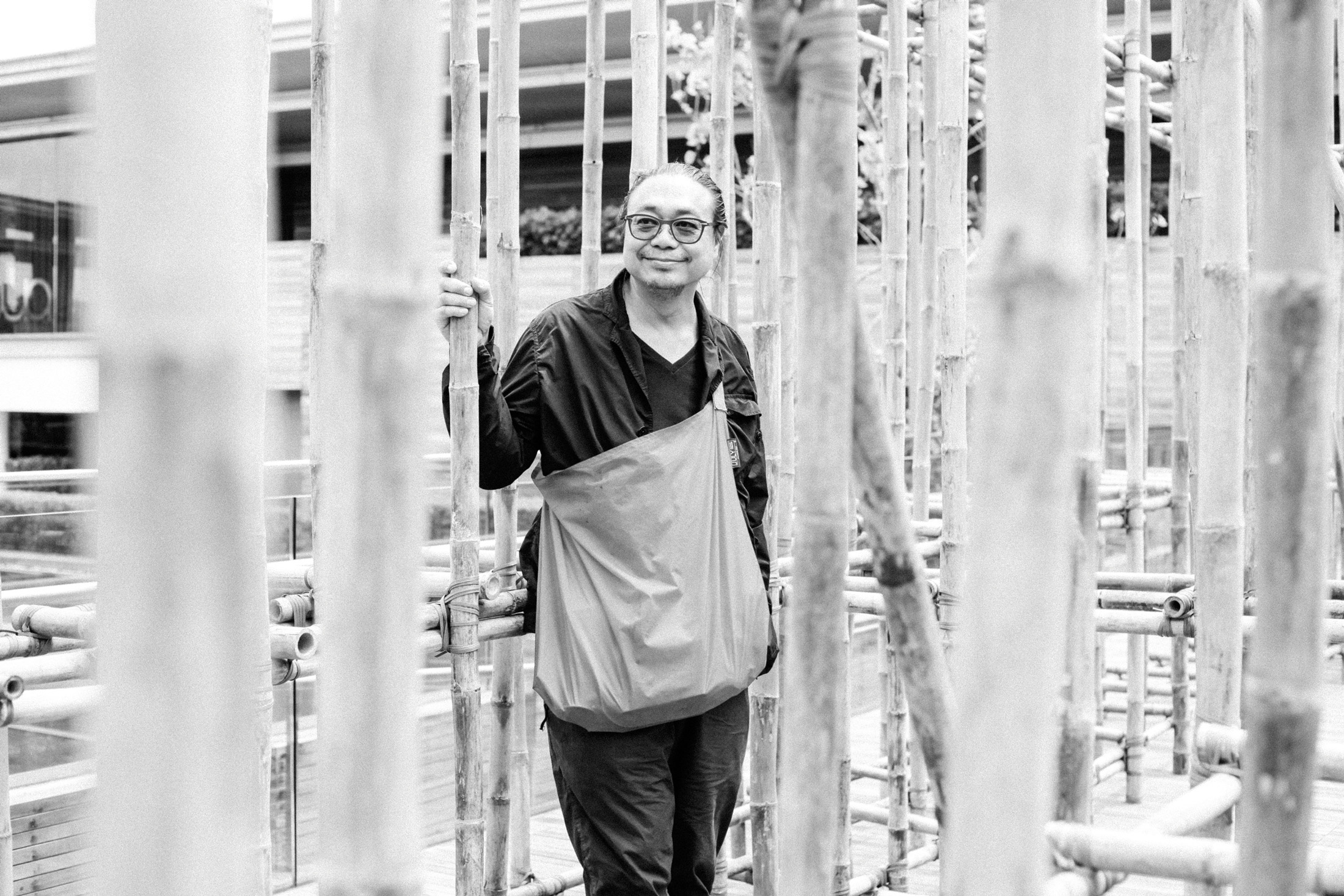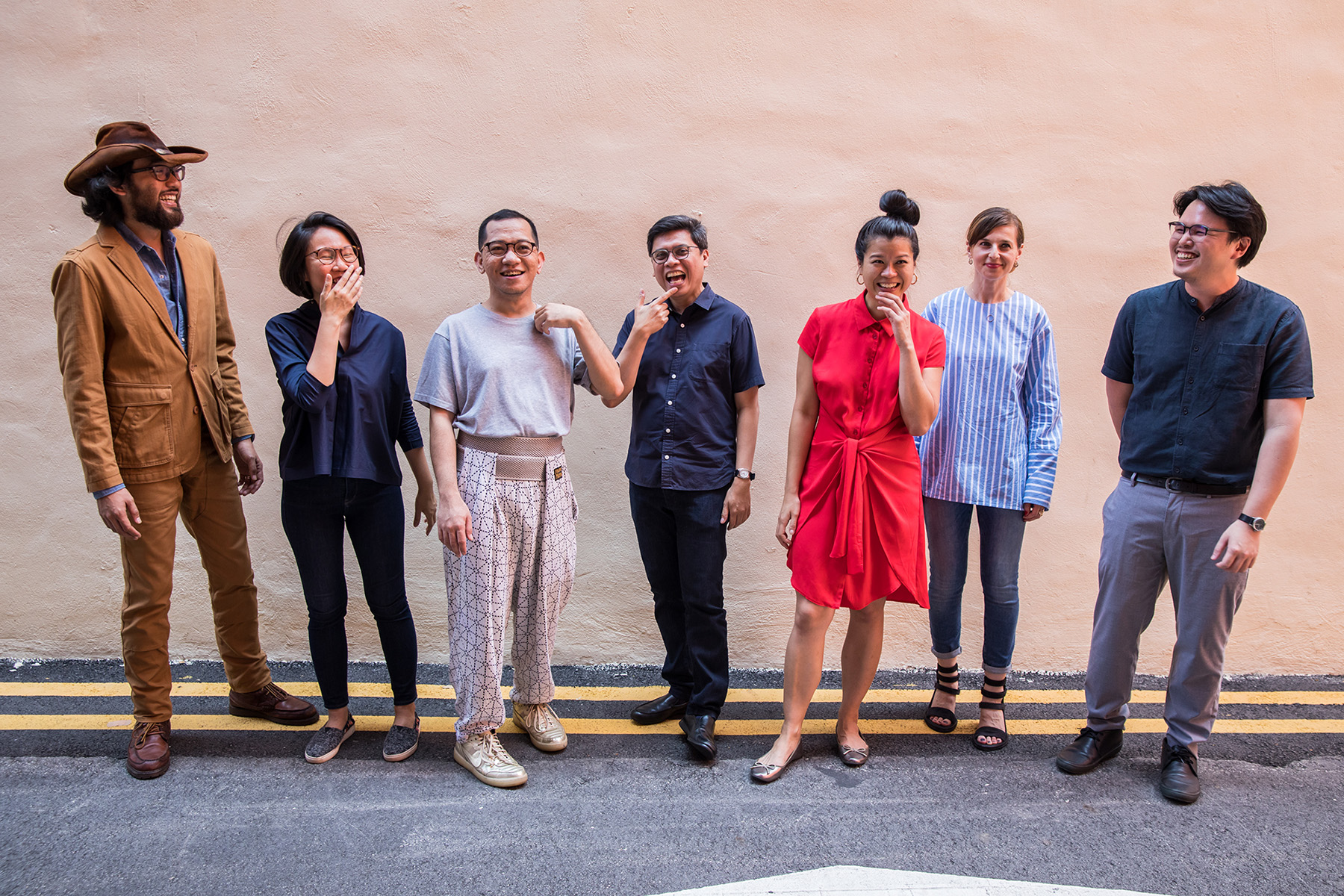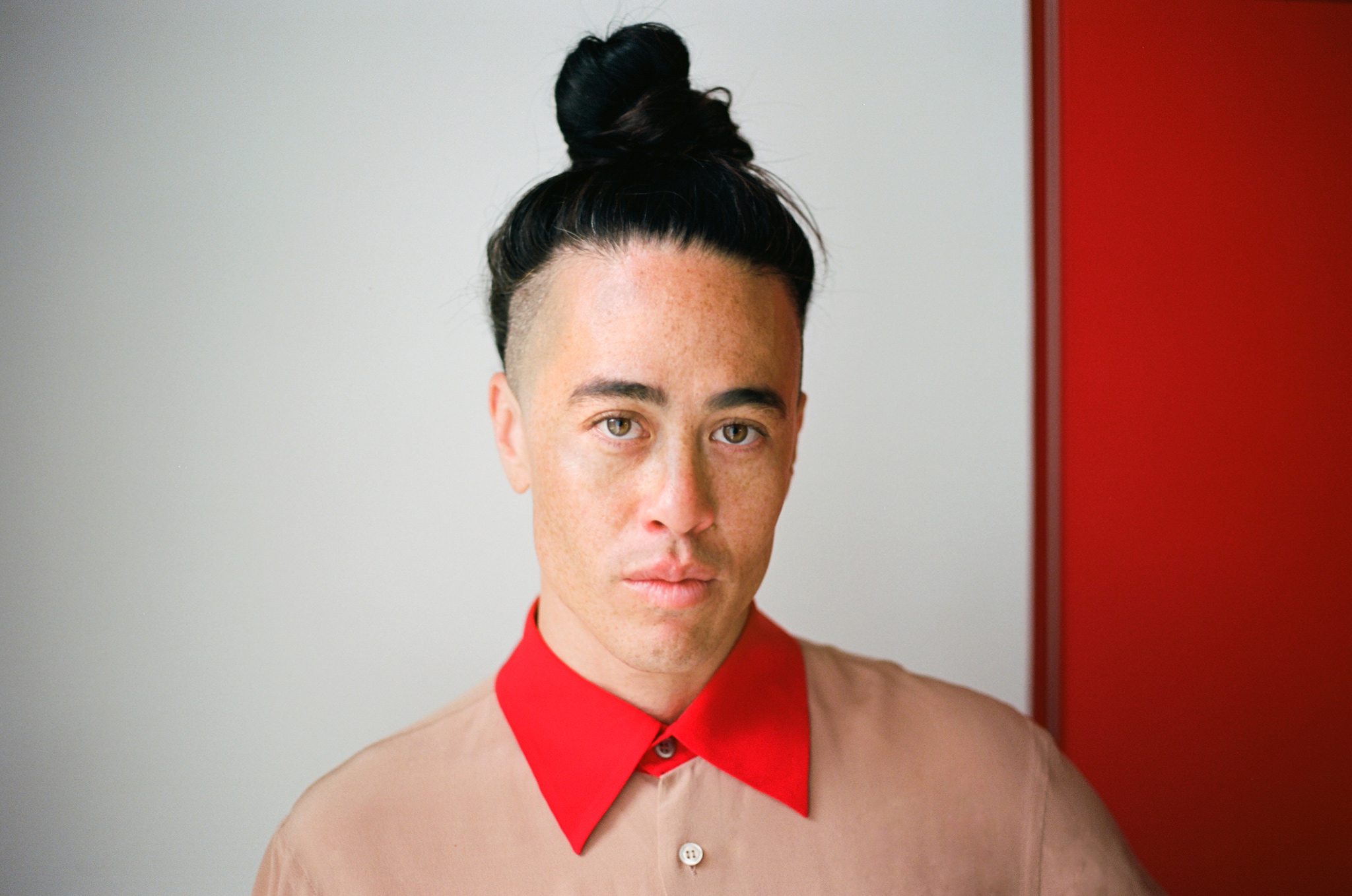by Grace Hong
What are the components necessary to entail a work as performance art? The simple and obvious answer—that the body of the performance artist be present—stands in jarring confrontation of the seemingly necessary skills and knowledge to understand it. There are multiple points of entry. One may gaze upon the lineage of Euro-American art history where the names of renowned artists such as John Cage, Chris Burden, and Marina Abramović have been set in concrete as the bastions of performance art; enter stage right in theories of epic theatre; apply theories of dance and music; and in the case of Southeast Asian art, follow a charted trajectory marked by the connections and flows of artistic and cultural knowledge between artists of diverse origins.
In the case of performance artist Melati Suryodarmo, perhaps the answer to understanding her work is in engaging all of the above. The artist was born in 1969 in Solo, Indonesia, to famous dancers. Her mother was a Javanese dancer, while her father, Suprapto Suryodarmo, is credited for founding the Amerta meditative dance movement. He is most well-known for his dance piece Joget Amerta, which comprised of “free movements” that adopted daily activities, inspiring his students at the Lemah Putih art center he founded to be more contemplative of nature.
Melati Suryodarmo began studying Javanese dance at the young age of eight and also learnt to combine Tai Chi with gamelan amidst sessions of Sumarah meditations. Later, a serendipitous meeting in Germany with the Japanese butoh dancer Anzu Furukawa led to Suryodarmo’s enrolment at the Braunschweig University of Art in Germany. It was here that she met Marina Abramović and continued her postgraduate studies, going on to perform alongside Abramović at the 50th Venice Biennale in 2003 with other students.
The artist shot to YouTube fame by accident when her work Exergie — butter dance (2000), originally accompanied by the sounds of Indonesian drum percussion, was edited to match Adele’s hit “Someone Like You.” For the piece, Suryodarmo steps onto 20 blocks of butter, attired in a black cocktail dress and red heels, inevitably slipping and getting up relentlessly. The 2012 video has since gone on to gain more than 1.8 million views—small by today’s standards but huge for the burgeoning streaming platform in its early period of exponential growth. Suryodarmo took it in her stride and stated in an interview with The New York Times: “Every public has their own personal experiences that influence their perception, and this freedom is great. I want to give that freedom to the public so it doesn’t matter if people insult me or yell at me or admire me, I don’t care what they think.”
The artist had chosen the material of butter as a comment on her change in lifestyle. From previously living in Indonesia where butter is not a common ingredient, the artist grew to love and hate it in Germany, noticing its effects on her physique and how it affected her hyperthyroid condition. In that sense, butter presented a cultural confrontation for the artist. Using the thermodynamic definition of exergie (“exergy” in English) which refers to the capacity of energy to do physical work, Suryodarmo drew attention to the limited yet limitless human condition to keep trying again and again.
.-performed-at-museum-macan--2020.-image-courtesy-of-museum-macan-(2).jpg)
.-performed-at-museum-macan--2020.-image-courtesy-of-museum-macan-(4).jpg)
These days, when not performing around the world, Suryodarmo’s time is split across Gross Gleidingen in northern Germany and Solo, where she founded Studio Plesungan in 2012 to share her experience with other artists. Each year, the studio runs the performance art festival “undisclosed territory” that begins with a workshop programme and culminates in the presentation of performances. Suryodarmo’s collaborative spirit was also apparent in her role as Artistic Director for “JIWA,” the 17th Jakarta Biennale in 2017. Most recently in March 2020, she performed Eins und Eins (2016) at The Armory Show in New York City—one of the last few art fairs staged physically before the art world migrated online.
We spoke to the artist on occasion of her museum retrospective Why Let the Chicken Run? at the Museum MACAN, Jakarta, Indonesia, which presents significant works from over 20 years of art practice including scheduled live performances, photography and video performances, and historical documentation.
You spoke about delving into the fluid border between the body and environment. I noticed that in many of your performances, you tend to test your limits to the maximum; be it of endurance, absurdity, balance or mental tenacity. How has this understanding of borders and the body influenced how you see the world?
We have been dealing with borders since we were born. We did not choose the land, country, culture, nor our genetic lines, gender, race. But sooner or later we grow with questions about our identity, starting from the presence of our body in our society. The more we are dealing with society the more we are confronted with such questions. Along with the idea of border, there is the idea of separation, distance, limitation, belonging, and territory.
I am more and more convinced that using the body as the main medium in the context of art context, such as performance art, where the body becomes the entity of mind and action—a living substance which carries messages and creates metaphors—is the most radical idea to deal with all means of borders.
In doing performance, I am not intending to test my physical or mental borders. Through the act of performance itself, especially those which are durational, I am focusing on the process of changing the physical and the mental state in somehow reaching a certain level of transformation. I guess, every transformation deals with a unique border and limit. This process can be described like liquid: transparent and ephemeral. By giving space and time to focus on the changing process, the constellation of the energy becomes a happening. It is then a process of becoming.
In this regard, what do the two words “vulnerability” and “truth” mean to you?
For me, vulnerability and truth depend on how we see what is happening within our reality. Both vulnerability and truth have the qualities of being relative and dynamic. Vulnerability appears through a process and each individual has a different perspective about it. Once we are in that vulnerable condition, it is not always said that we are aware of this condition. Sometimes, only the viewer can say something about our vulnerability. It is like the difficulty of seeing ourselves in a dark space, we have no shadow in the darkness.
By being present in the process of change in my performance, I just offer possibilities or platforms to the viewers to experience their own interpretations. My experience while I am doing performance is very personal and relates with the concept behind it. But the constellation between the energy in the space and the image might offer a kind of platform of perceptions which are developed individually by the audience. There is what I call as unspoken language, transitory sensors which appear between our inner selves and reality of our surroundings.
It is difficult to discuss truth. But I believe, truth is not separated from the concept of impermanence. Everything changes and nothing remains. We are born and later die. A cycle of life is an unavoidable fact.
You also stated in your forum at Art Basel with the Vietnam-based curator Zoe Butt that unlike a curator who has received formal training in curatorship, you’re approaching the Jakarta Biennale with an “artist first” attitude. How do you think this affects the Biennale in terms of its impact on history and the selection of artists and artworks?
As an artist, I proposed an artistic direction which considers the artist’s continuous processes in their life journey, and thus also their faith to their practice. As an artist who directed the curatorial work, I reflected on my own experience when I was invited for an exhibition. This ranged from the grassroots and underground events to established institutions or projects. It helped me also to understand the production system, to consider which work and the possibilities of production management, presentation, shipping, and hospitality. Since our budget was pretty humble, therefore understanding a production with limited financial possibility was very effective. I also considered the context of artistic labour a lot, to respect all who are involved and work in the art scene. I have been curating and directing “undisclosed territory,” a performance art festival in my hometown, Solo, since 2007 and have opened my studio to share the space for arts laboratories, workshops, lectures, and classes.
It is difficult not to be subjective but working as a team with other curators and the management team created a very dynamic situation. I have met many artists from all over the world, whose works are very interesting with their continuous dedications in the art world but had not been exhibited in Indonesia yet. So, I encouraged my team and myself to bring their works for the Indonesian public.
I also worked with four co-curators (Philippe Pirotte, Vit Havranek, Hendro Wiyanto and Anisa Gultom) who worked very hard for the Jakarta Biennale 2017 with me as a curatorial team. We had a long and intensive process to decide on the artists we invited. Besides the exhibition, there were also a lot of live performances during the biennale.



